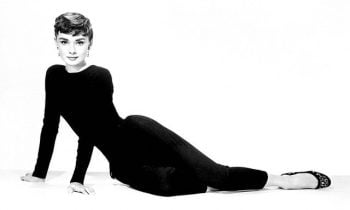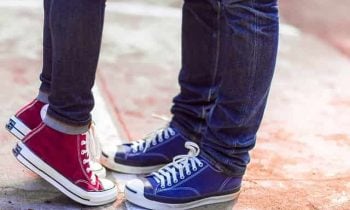In today’s society, high-heeled shoes are a woman’s weapon. Every woman has at least one pair of these shoes in her closet making the shoe industry one of the most profitable in the fashion world. But this wasn’t always the case.
High heels have a long and interesting history tracing as early as the 10th century as men’s wear. Here is a short breakdown of the history of high-heeled shoes.
Shoes with high heels were first worn by men as riding shoes. Beginning from the 10th century, men born in cultures with strong horseback-riding traditions wore high-heeled boots. These shoes helped their feet have firmer grip on the stirrups to avoid falling.
One example of a group of men who first wore high heels is the Persian cavalry. And through the conquests of the Persian empire, the shoe style was able to spread in Europe where they eventually came to be associated with the upper class.
In 17th century Europe, both men and women wore high heels. At the time, these shoes were more of a status symbol rather than the gendered fashion choice that they are today. It is worth noting that royalty was one of the biggest fans of high heels with France’s Louis XIV wearing the shoes to reiterate his ‘aristocratic masculinity’. Catherine de Medici also wore them as a fashion statement and to look taller and more imposing. Queen Mary I of England also wore them for the added height.
It would take another century for high-heeled shoes to become exclusive women’s wear. As the 18th century began, high-heeled shoes designs began to have a gendered distinction with men’s shoes being broad and sturdy while women’s shoes were designed to be tapered. And eventually men gave up wearing the shoe style altogether due their impracticality. This decline is connected to the overall fall of the frivolous culture that France’s pre-French Revolution aristocracy was known for. After that, wearing high heels fell out of fashion for a really long time.
Jumping to the 20th century, high-heeled shoes are back in vogue as women’s wear. Although a preference for shoes with relatively ‘shorter’ high heels can be seen across the decades. For example, heels with one to two inches of added height were preferred by women during the 1990’s and 1960’s. Today, heels come in a wide variety of heights and designs. Terms have also been developed to describe a shoe’s specific heel height. Kitten heels refer to shoes with 1.5 inches of heel height, a stiletto is a shoe with around five inches of heel height and platform heels can reach up to six inches or more.
There has been debates over the recent decades on the possible negative effects of wearing high heels on women’s health with heels getting a politicized aspect. Some critics have even called high heels as torture devices and even began lobbying for the banning of mandatory high heel policies imposed on female sales associates at department stores.
Some of the proven side effects of long-term wear of high heels are sprains, foot pain, back pain and other foot fractures and deformities. But despite these, the high heels continue to be in vogue with celebrities and ordinary women rocking them. Designer high heels also continue to be coveted pieces for women today.
High-heeled shoes have come a long way from their origins as riding shoes worn by men in earlier times. Over the centuries, they’ve become the symbol of aristocracy and evolved to what we know them to be today.

 Essential work wardrobe pieces every woman should have in her closet
Essential work wardrobe pieces every woman should have in her closet 5 style tips from legendary fashion icons
5 style tips from legendary fashion icons How to style sneakers to go with different looks
How to style sneakers to go with different looks